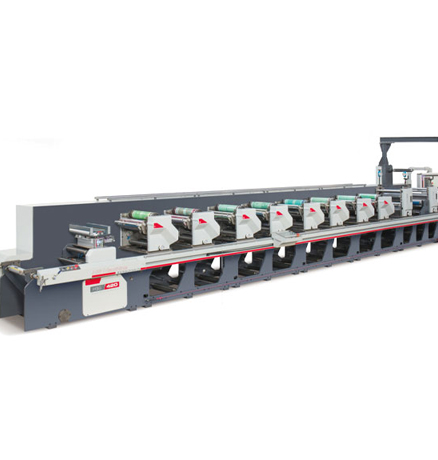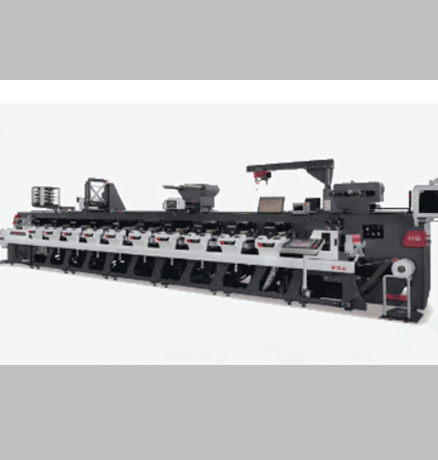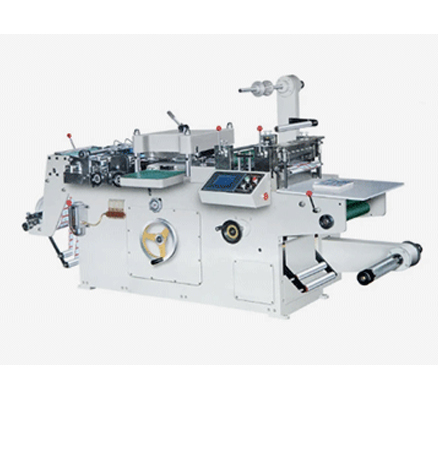Mention the characteristics of the printing plates in flexographic printing. For example, the printing plates are soft and elastic and can adapt to substrates of different shapes. Many materials such as plastic films, paper, and corrugated cardboard can be printed using this method.

Printing Process of Flexographic Printing
Pre-press Preparation Stage: This includes the production of printing plates, from the design of the original manuscript to the plate-making process. For instance, appropriate photopolymer plates need to be made according to the printing requirements, determining the precision and depth of the graphics and text.
Printing Process Link: Describe in detail the ink transfer process. For example, how the anilox roller evenly transfers the ink to the printing plate, and how the pressure control when the printing plate contacts the substrate affects the printing quality, including the adjustment of the printing speed and other factors.
Post-press Treatment Steps: Such as the drying methods of the ink (e.g., hot air drying, ultraviolet drying, etc.), and the subsequent operations like winding or stacking of the printed products.
Application Areas of Flexographic Printing
Food Packaging Field: Flexographic printing is commonly used for printing food packaging bags, paper boxes, etc. For example, the patterns and text on biscuit packaging bags are the results of flexographic printing. It can ensure that the printed colors are bright and meet food safety standards.
Label Printing: Many product labels, such as those for daily chemical products and pharmaceuticals, are completed by flexographic printing. It can accurately print complex patterns and information on small-area labels.
Hygiene Product Packaging: The printing on the packaging of toilet paper, sanitary napkins, and other products is also an important application scenario of flexographic printing, because it can efficiently print on soft packaging materials.
Advantages and Limitations of Flexographic Printing
Advantages: They include lower cost, as the flexographic printing plates are relatively inexpensive and the plate-making process is simple; high printing speed, which is suitable for large-scale printing production; and the ability to achieve environmentally friendly printing. Nowadays, many water-based inks are used in flexographic printing, reducing pollution.
Limitations: Mainly, the printing precision is slightly inferior compared to some other printing methods (such as offset printing). It may not be able to meet the requirements for printing some high-precision images. Also, during the printing process, the performance requirements for the viscosity of the ink are relatively high and need to be carefully controlled.
Development Trends of Flexographic Printing
Technological Innovation: For example, the research and development of new printing plate materials, which can make the printing plates have higher resolution and longer service life.
Changes Driven by Environmental Protection Requirements: With the increasingly strict environmental protection regulations, flexographic printing is developing towards more environmentally friendly inks and processes, such as using biodegradable inks.
Integration with Digital Technology: Such as the rise of digital flexographic printing technology, which can better realize personalized printing and variable data printing functions.



GET A QUOTE